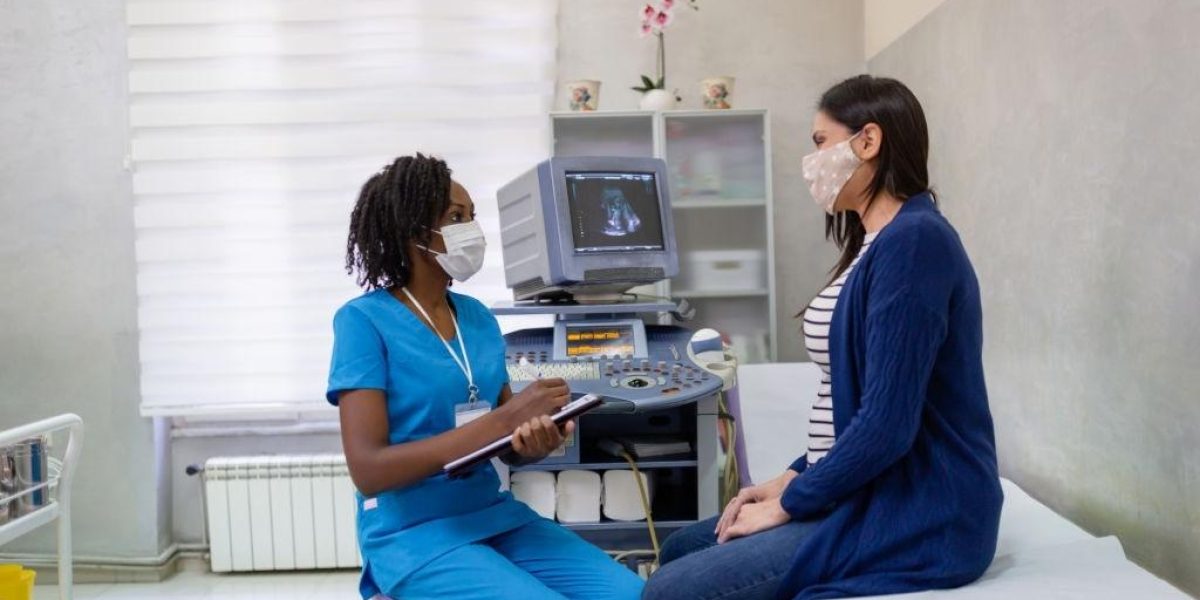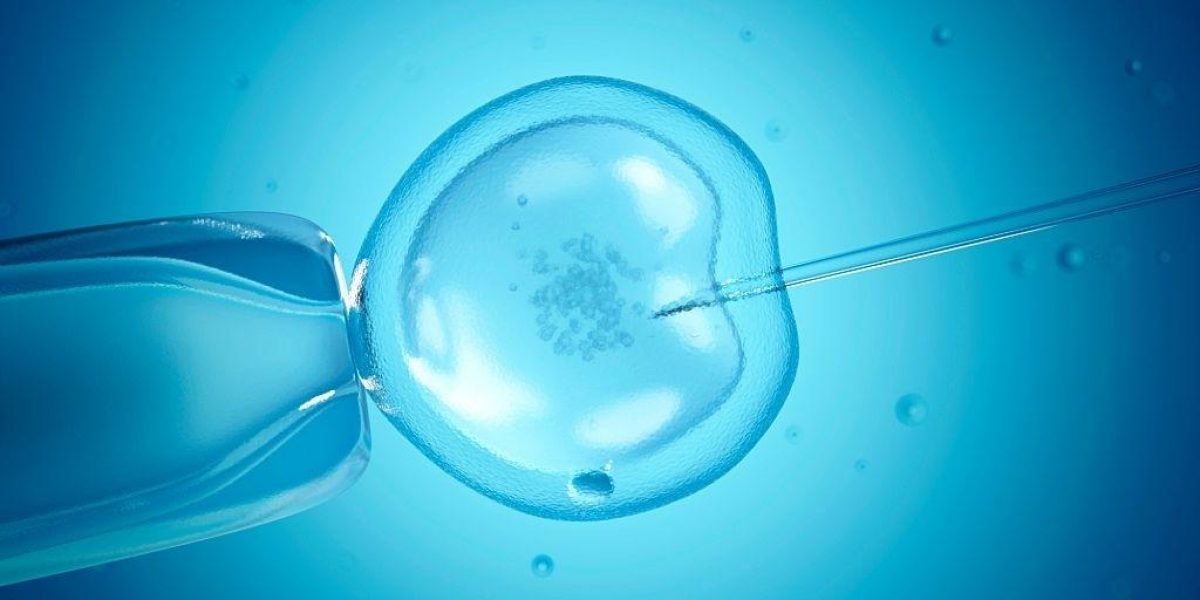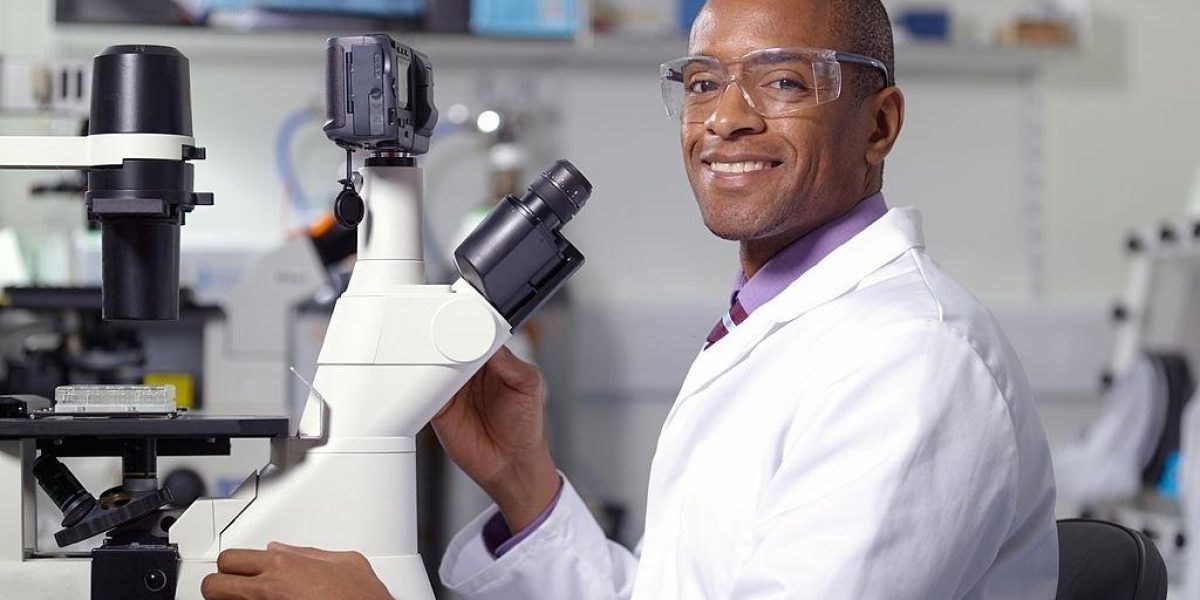Steps in Vitro
Embryo Transfer
It may cause minimal discomfort and no anesthetic is used, although some women may need sedation or occasionally a general anesthetic. The male partner is usually invited to attend the procedure. The couple may also be able to view the embryos through a monitor before the embryos are replaced.
The patient lies on a table or bed, usually with her feet in stirrups, some times the embryo transfer is performed with the patient in the knee-chest position. Using a vaginal speculum, the doctor exposes the cervix. The cervix is then cleaned with a little of culture medium or sterile water. One or more embryos suspended in a drop of culture medium are loaded in a fine plastic catheter so-called “embryo transfer catheter” with a syringe on one end. Gently and carefully, the doctor guides the tip of the catheter through the vagina and cervix, and deposits the embryos into the uterine cavity.



The number of embryos transferred depends upon the age of the patient, the quality of the embryos and the stage of their development. The procedure may sometimes be guided by ultrasound scan to check the position of the catheter. The use of ultrasound scan during embryo transfer appears to increase pregnancy rates. After the catheter is removed, it is handed over to the embryologist who will check it to ensure that no embryos remain. All the embryos replaced are transferred at the same time. Implantation begins three to four days later.
Successful pregnancy is related to the ease with which the embryos are transferred into the womb. Occasionally the position of the womb can make the transfer difficult. This may be overcome, to an extent, by a full bladder. A tenaculum may be applied to the cervix to straighten the uterus. If this fails, the doctor may use a stylet to negotiate the cervical canal..
Once the embryos have been replaced, you may be asked to rest for a short while before going home. Prolonged bed rest of more than 20 minutes following embryo transfer has not been shown to improve pregnancy rates.
97%
Babies Delivered
63%
Clinical Pregnancy Rate
38%
Live Birth Rate
68%
Live Birth Rate
Occasionally, your doctor may advice you against having a fresh embryo transfer instead recommend freezing all embryos for later transfer. This may occur if you have one of the following:
- If you are at a high risk of developing a severe ovarian hyperstimulation syndrome as shown from the scan and blood hormone levels.
- If you have vaginal bleeding around the time of embryo transfer.
- If your endometrium is not well developed (less than 5mm thickness) or there are polyps, you are unlikely to conceive as a result of fresh embryo transfer.
- If the doctor was unable to transfer the embryos fresh because of narrowing of the cervix.
After egg retrieval, patients are given progesterone and estrogen medications to help create a uterine lining that is optimal for embryo implantation. Two weeks after the egg retrieval, a pregnancy test (hCG level) tells us if we were successful. Pregnant patients have a repeat hCG test after 2 days to ensure that the hormone is rising appropriately. An ultrasound study is performed approximately 4 weeks after the egg collection to document fetal number and viability.
